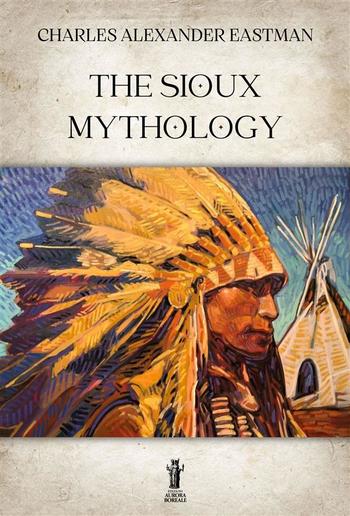
Charles Alexander Eastman - The Sioux Mythology
The Sioux Mythology
Charles Alexander Eastman
Description
The Sioux or Oceti Sakowin are groups of Native American tribes and First Nations peoples in North America. The modern Sioux consist of two major divisions based on language divisions: the Dakota and Lakota; collectively they are known as the Očhéthi Šakówiŋ (“Seven Council Fires”). The term “Sioux” is an exonym created from a French transcription of the Ojibwe term “Nadouessioux”, and can refer to any ethnic group within the Great Sioux Nation or to any of the nation’s many language dialects.The short essay The Sioux Mythology was published on the American magazine Popular Science Monthly in November 1894. The author, Charles Alexander Eastman (1858-1939) was a Native American physician, writer and folklorist.«The Indian did not trouble himself concerning the nature of the Creator. He was satisfied that there was a God, whose laws all must obey, and whom he blindly or instinctively worshiped as the “Great Mystery”. The relation between God and man he conceived from the analogy of Nature. His God is a gracious yet an exacting parent. He punishes both the disobedient and the evil-doer, and forgives and helps the penitent and the good. He hears prayers. He is called Wakantanka, or the Great Mystery. The word wakan means mystery or holy, and tanka means great, mighty, or supreme. Neither of the two words signifies spirit; however, it may imply that. The word wakan may also mean reverenced or sacred».

